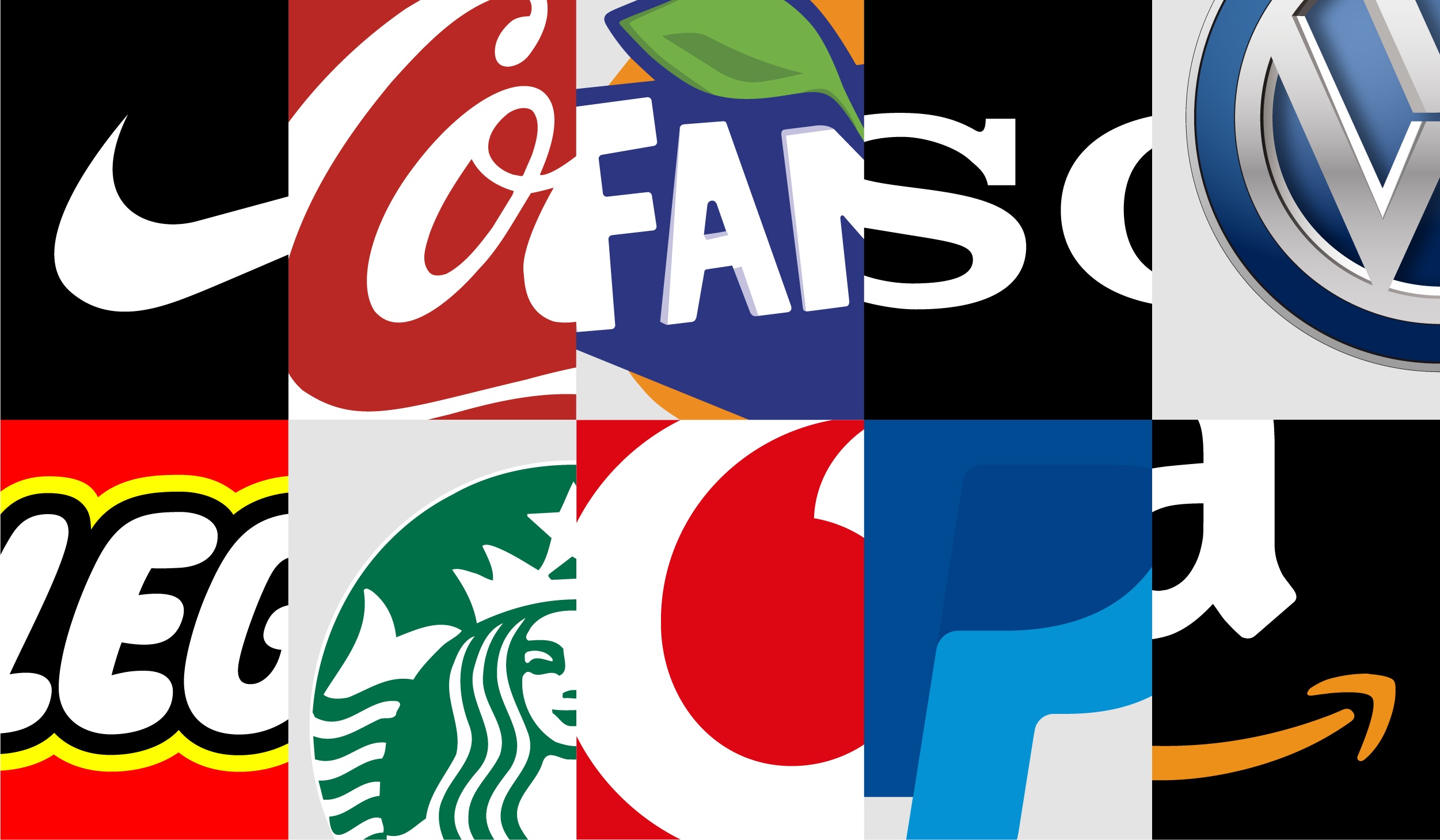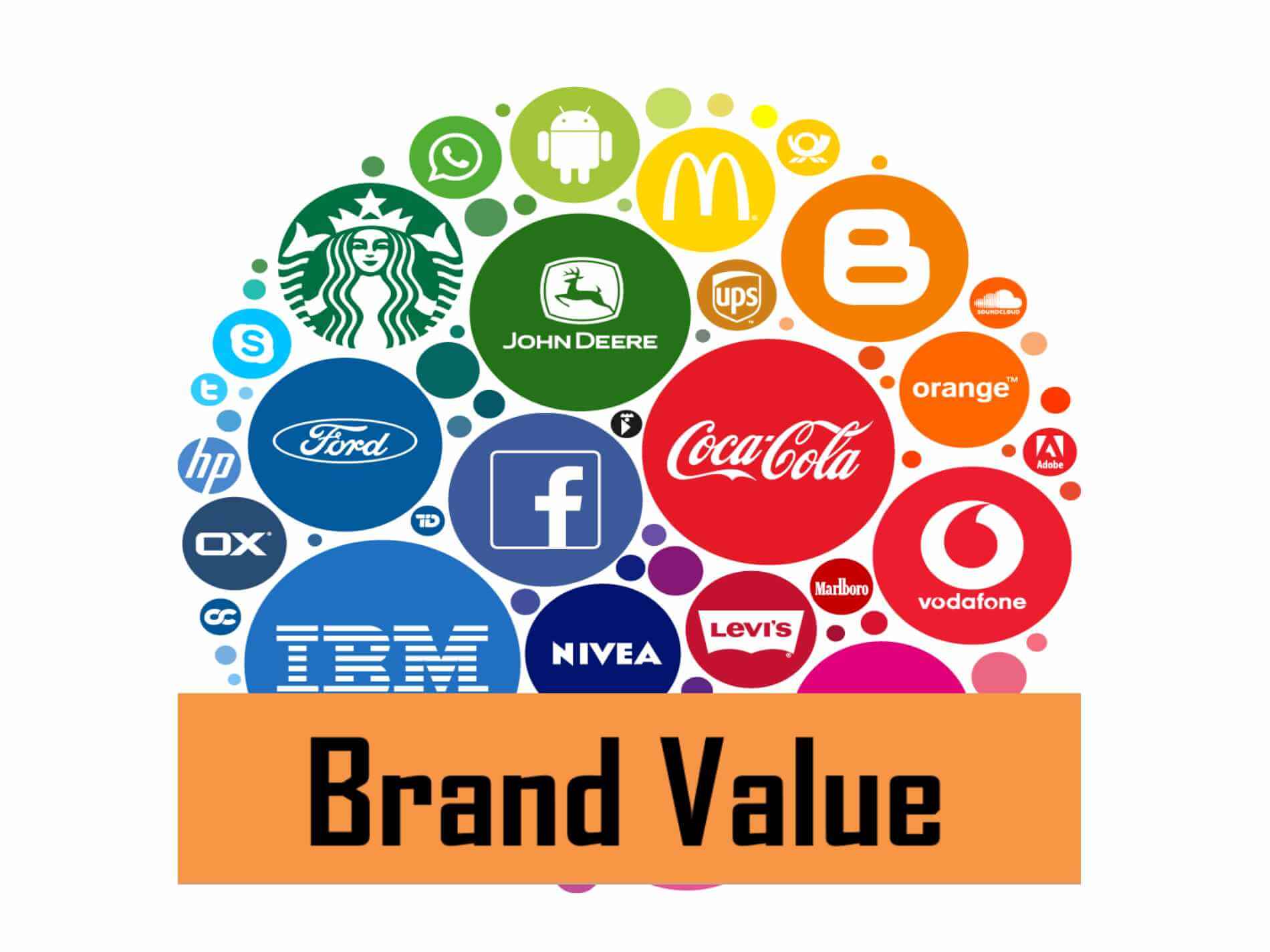Brand New Cars Under $15,000: Navigating the Ultra-Affordable Automotive Landscape
Brand New Cars Under $15,000: Navigating the Ultra-Affordable Automotive Landscape cars.truckstrend.com
In an automotive market increasingly dominated by rising prices and advanced technologies, the notion of finding a brand new car for under $15,000 might seem like a relic of the past. For many consumers, especially those in developed economies like the United States, Canada, or Western Europe, this price point has become exceedingly rare, if not entirely mythical, for a truly "brand new" vehicle. Yet, the desire for affordable, reliable, and warranty-backed transportation remains as strong as ever. This comprehensive guide aims to explore the landscape of brand new cars under $15,000, acknowledging the significant challenges in this segment while providing practical advice for those on a tight budget.
The relevance of seeking a new car at this price point is multifaceted. For first-time buyers, students, those with limited credit, or individuals simply looking for basic, no-frills transportation, a brand new vehicle offers peace of mind through a factory warranty, the latest safety features (even if basic), and the assurance of no prior owner issues. While the options are incredibly limited and often require significant compromise, understanding what to expect and how to approach such a purchase is crucial. This article will delve into the realities of this segment, the cars that might fit the bill, the trade-offs involved, and how to maximize your chances of securing the best possible deal.
Brand New Cars Under $15,000: Navigating the Ultra-Affordable Automotive Landscape
The Elusive Under-$15K New Car: Understanding the Current Market Reality
Let’s be frank: as of 2024, finding a brand new car with an MSRP (Manufacturer’s Suggested Retail Price) of under $15,000 in major markets like the U.S. is an extreme rarity. The primary reason for this scarcity is a combination of factors:
- Inflation and Rising Costs: The cost of materials, labor, and transportation has steadily increased, directly impacting vehicle production costs.
- Feature Creep: Even entry-level vehicles now come standard with features that were once considered luxuries, such as power windows, air conditioning, infotainment screens, and basic safety technologies (e.g., rearview cameras, ABS, airbags). These add to the base price.
- Supply Chain Disruptions: Recent global events have highlighted the fragility of supply chains, leading to increased costs and reduced availability of components, pushing prices up.
- Shift in Consumer Preference: There’s been a general shift towards larger vehicles like SUVs and crossovers, which inherently cost more to produce and purchase, leading manufacturers to focus less on ultra-low-cost subcompacts.
- Regulatory Requirements: Stricter emissions standards and safety regulations add to manufacturing costs, which are passed on to consumers.

Historically, cars like the Chevrolet Spark, Nissan Versa S, Hyundai Accent SE, and even the Mitsubishi Mirage were available with starting MSRPs at or very close to the $15,000 mark. However, many of these models have either been discontinued (like the Spark and Accent in the U.S. market) or have seen their base prices rise significantly above this threshold. The Mitsubishi Mirage often stands alone as the cheapest new car available in the U.S., but even its starting MSRP is now typically above $16,000.
This means that achieving the "under $15,000" goal for a brand new car today often requires a combination of aggressive negotiation, specific market conditions, manufacturer incentives, or considering vehicles that are just above the price point but might come down with a good deal.
What to Expect from an Ultra-Affordable New Car
When you are looking at the absolute cheapest new cars available, managing your expectations is key. These vehicles are designed with one primary goal: affordability. This translates into certain characteristics:

- Basic Features: Expect manual windows and locks, steel wheels with hubcaps, a very basic radio (sometimes without Bluetooth), and minimal interior creature comforts. Air conditioning is usually standard, but often it’s a manual system.
- Small Size: These are typically subcompact hatchbacks or sedans. They are designed for urban environments, easy parking, and fuel efficiency. Passenger and cargo space will be limited.
- Modest Performance: Engines will be small, usually 3-cylinder or small 4-cylinder units, prioritizing fuel economy over acceleration. They are perfectly adequate for city driving but may feel underpowered on highways or steep inclines.
- Manual Transmission: To keep costs down, the absolute base models often come with a manual transmission. An automatic transmission (CVT or conventional automatic) is usually an extra-cost option, pushing the price further away from $15,000.
- Standard Safety Features: While advanced driver-assistance systems (ADAS) like adaptive cruise control or lane-keeping assist are unlikely, modern ultra-affordable cars will still come with essential safety features like multiple airbags, anti-lock brakes (ABS), electronic stability control (ESC), and a rearview camera (mandated in many regions).

Key Players (or Former Players) in the Ultra-Budget Segment
While the list is dwindling, here are some models that have historically, or continue to, represent the most affordable new car options:
- Mitsubishi Mirage (Hatchback) / Mirage G4 (Sedan): Often cited as the cheapest new car in the U.S. market. Known for its excellent fuel economy, compact size, and a long warranty. Its 1.2-liter 3-cylinder engine is very modest, and the interior is basic. While its MSRP is currently above $15,000, it’s often available with significant incentives.
- Kia Rio (Sedan/Hatchback): Another strong contender in the budget segment. It typically offers a slightly more refined interior and driving experience than the Mirage. The base LX sedan model has historically been one of the cheapest options, though its price has also crept up.
- Nissan Versa (Sedan): The Versa S (base model) has been a long-standing option for budget-conscious buyers. It offers a surprisingly spacious interior for its class and a comfortable ride. Like others, its starting MSRP is now above $15,000.
- Hyundai Accent (Sedan/Hatchback): (Note: Discontinued in the U.S. market after 2022, but still available new in other global markets). The Accent was a popular choice for its value, features, and reliability.
- Chevrolet Spark (Hatchback): (Note: Discontinued in the U.S. market after 2022). The Spark was a tiny, agile city car known for its maneuverability and low entry price.
It’s important to stress that for any of these vehicles, you would need to be looking at the absolute base trim level, likely with a manual transmission, and then factoring in any available discounts or incentives to get close to the $15,000 mark.
Navigating the Purchase: Tips for Finding the Best Deal
Even if a car’s MSRP is slightly above $15,000, there are strategies to potentially bring the "out-the-door" price closer to your budget:
- Focus on Base Trims: Always inquire about the absolute entry-level model (e.g., LX, S, SE, ES). Avoid any packages or optional extras, as these quickly add to the price.
- Embrace the Manual Transmission: If you’re comfortable driving stick, opting for a manual transmission can often save you $1,000 to $2,000 compared to an automatic version, which might just be enough to get you under your target.
- Leverage Dealer Incentives and Manufacturer Rebates: Car manufacturers frequently offer cash rebates, low APR financing deals, or lease incentives. Ask the dealer specifically about all available incentives for the model you’re interested in. Sometimes, an older model year that’s still on the lot will have significant discounts.
- Negotiate the Price: Even on budget cars, there’s often some room for negotiation. Be prepared to walk away if the deal isn’t right. Research the invoice price (what the dealer paid) to have a better understanding of their margin.
- Shop Around (and Widen Your Search Area): Contact multiple dealerships, even those a bit further away. Prices can vary significantly based on location, inventory levels, and dealer specific goals.
- Consider End-of-Month/End-of-Year Sales: Dealerships often have quotas to meet by month or year-end, making them more willing to offer aggressive discounts.
- Be Prepared for the "Out-the-Door" Price: Remember that the advertised MSRP doesn’t include taxes, registration fees, destination charges (delivery fees), and dealer documentation fees. These can add several hundred to over a thousand dollars to the final price. Always ask for the full "out-the-door" price.
- Pre-Approved Financing: Get pre-approved for a loan from your bank or credit union before visiting the dealership. This gives you leverage and a clear understanding of your budget.
Benefits of Buying New (Even on a Budget)
Despite the compromises, buying a new car, even an ultra-affordable one, offers distinct advantages over a used vehicle at the same price point:
- Factory Warranty: This is perhaps the biggest benefit. A new car comes with a bumper-to-bumper warranty (typically 3 years/36,000 miles) and a powertrain warranty (often 5 years/60,000 miles or even longer, like Kia/Hyundai’s 10 years/100,000 miles). This protects you from unexpected repair costs during the initial ownership period.
- Latest Safety Features: While not loaded with ADAS, new cars meet current safety standards, including modern airbag systems, anti-lock brakes, electronic stability control, and a mandated rearview camera.
- No Hidden History: You’re the first owner, so there’s no concern about previous accidents, deferred maintenance, or undisclosed issues.
- New Car Smell and Peace of Mind: There’s something undeniably satisfying about driving a brand new vehicle. You know its history from day one.
- New Car Financing: Often, new cars qualify for better interest rates and longer loan terms than used cars, potentially lowering your monthly payments.
- Fuel Efficiency: Ultra-affordable cars are typically designed to be very fuel-efficient, saving you money at the pump.
Challenges and Trade-offs
It’s essential to be aware of the compromises that come with an ultra-budget new car:
- Limited Features: As discussed, you won’t get power seats, large infotainment screens, premium sound systems, or advanced safety tech.
- Basic Materials: Interiors will feature hard plastics, cloth seats, and minimal sound deadening, leading to a less refined feel and potentially more road noise.
- Modest Performance: These cars are not built for speed or thrilling drives. Merging onto highways or passing slower traffic requires planning.
- Resale Value: While all new cars depreciate, very basic models might experience a higher percentage of depreciation in the initial years compared to more popular, feature-rich vehicles.
- Perception: Some might view these cars as less desirable due to their low cost and lack of features.
Beyond the $15,000 Mark: What a Little More Gets You
If, after exploring all options, you find that a brand new car under $15,000 is simply unattainable in your market, consider stretching your budget slightly. Moving into the $16,000-$19,000 range significantly expands your options and often brings notable upgrades:
- More Choices: You’ll have access to more base models of popular subcompacts and compact sedans/hatchbacks.
- Better Features: You might find models that include automatic transmissions as standard, basic infotainment systems with Apple CarPlay/Android Auto, power windows/locks, and perhaps even some basic driver-assistance features.
- Improved Performance and Refinement: Engines might be slightly larger, offering more power, and interiors may feel a bit more upscale with better materials and sound deadening.
Examples of cars often found in the $16,000-$19,000 range include the Mitsubishi Mirage, Kia Rio, Nissan Versa, and sometimes the base models of cars like the Hyundai Venue or Kia Forte.
Concluding Summary
While the dream of a brand new car under $15,000 is largely a challenging one in today’s market, it’s not entirely out of reach for the most determined and flexible buyer. Success hinges on a clear understanding of what to expect, a willingness to compromise on features, and a strategic approach to the purchasing process. By focusing on base trims, leveraging incentives, and negotiating shrewdly, it might be possible to drive away in a reliable, warranty-backed new vehicle that perfectly fits your budget and basic transportation needs. Remember, the peace of mind and long-term cost savings of a new car’s warranty and known history can outweigh the allure of a feature-packed used vehicle at the same price point. For the truly budget-conscious, the journey to new car ownership starts with realistic expectations and smart shopping.
Brand New Cars Under $15,000: Price Table & Information
Disclaimer: As of 2024, finding a brand new car with an MSRP strictly under $15,000 is exceptionally rare in major markets like the U.S. The table below lists the absolute cheapest new cars available and their typical starting MSRP, which is likely above $15,000. The "How to Approach $15,000 Target" column outlines strategies to potentially bring the out-the-door price closer to that threshold through incentives, negotiation, or by considering specific market conditions. Always verify current pricing with a dealership.
| Car Model (Base Trim) | Typical Starting MSRP (USD) | Body Style | Engine Type | Transmission (Base) | Key Basic Features (Base) | How to Approach $15,000 Target |
|---|
Brand New Cars Under $15,000: Navigating the Ultra-Affordable Automotive Landscape
In an automotive market increasingly dominated by rising prices and advanced technologies, the notion of finding a brand new car for under $15,000 might seem like a relic of the past. For many consumers, especially those in developed economies like the






